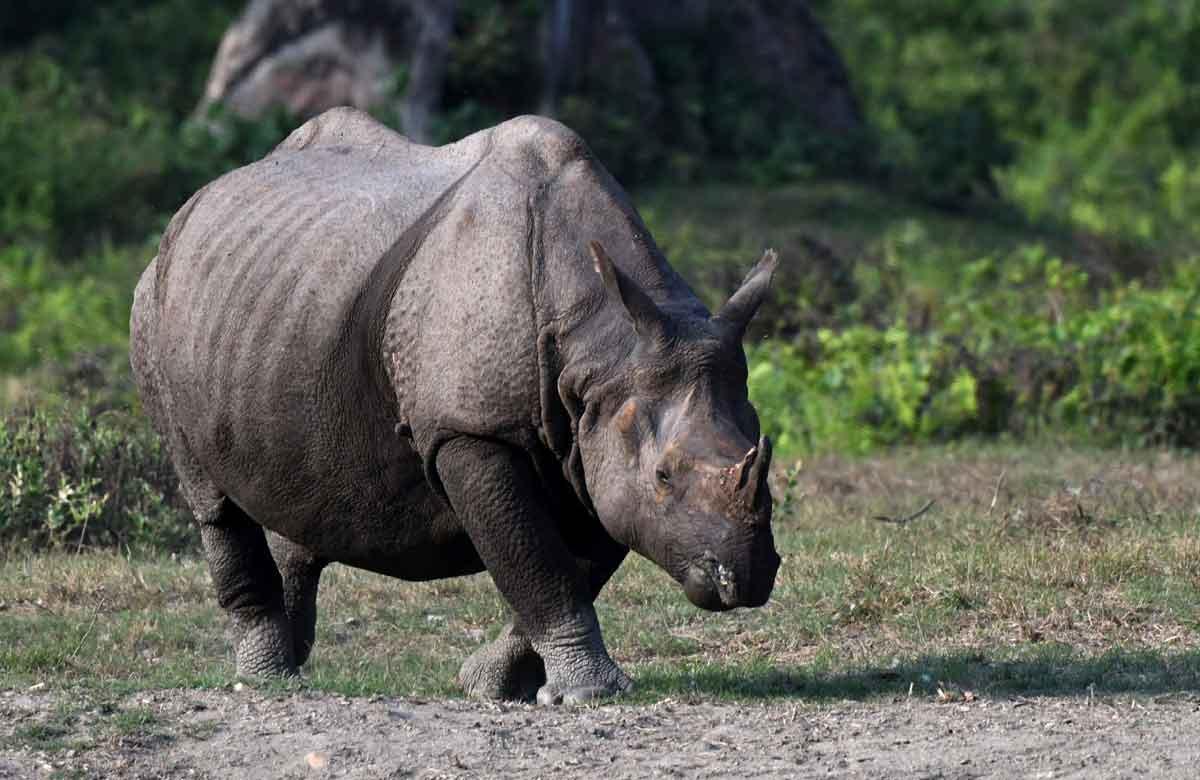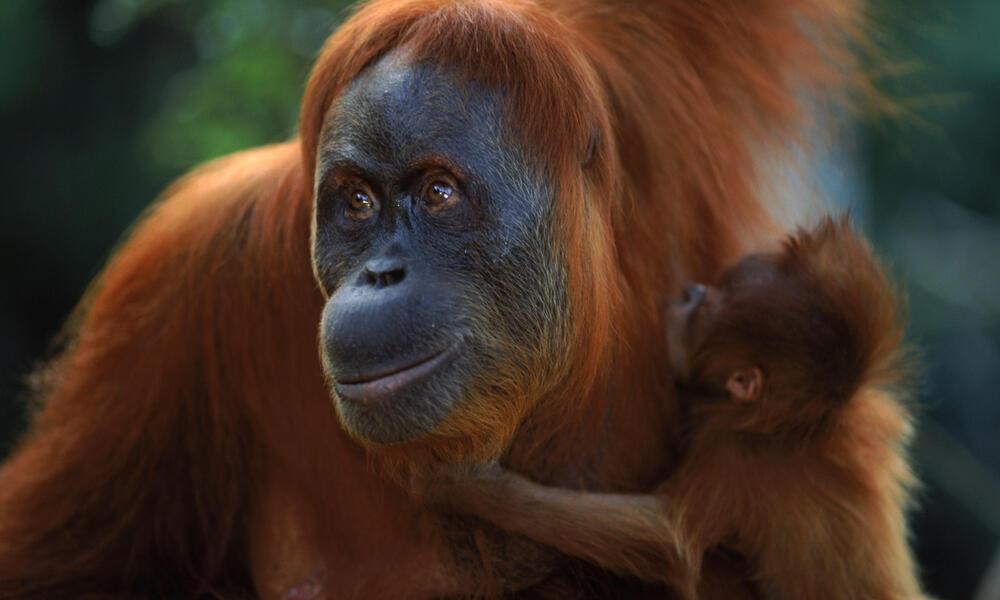13 Rare Animals You May Not Know About

The animal kingdom is home to many species, but some are so rare that they are threatened with extinction.
These creatures are often elusive, living in remote or dwindling habitats.
From the mysterious Axolotl to the critically endangered Vaquita, these rare animals offer a glimpse into the fragility of biodiversity.
Many of them face threats from habitat destruction, climate change, and poaching, making their survival uncertain.
In this list, we explore 13 rare animals worldwide, each highlighting the need for conservation efforts to protect these incredible species.
List of Rare Animals
1. Axolotl

Axolotls are unique amphibians known for their ability to regenerate limbs and retain their larval features throughout life, a condition called neoteny.
Native to the lakes of Mexico, these “walking fish” are critically endangered due to habitat destruction and pollution.
Because of their regenerative abilities, axels are also popular in scientific research.
- Habitat: Freshwater lakes in Mexico.
- Threats: Habitat loss, pollution, and invasive species.
- Why They’re Rare: Axolotls are endangered, and their natural habitat has nearly disappeared, making them a rare species in the wild.
2. Amur Leopard

The Amur Leopard is one of the rarest big cats in the world, with fewer than 100 individuals left in the wild.
Native to the Russian Far East and northeastern China, these leopards are known for their beautiful, thick coats and incredible agility.
Unfortunately, they face significant threats from poaching and habitat loss.
- Habitat: Forests of the Russian Far East and northeastern China.
- Threats: Poaching, habitat destruction, and prey depletion.
- Why They’re Rare: Their dwindling population and fragmented habitat have made the Amur Leopard critically endangered.
3. Saola

Often referred to as the “Asian unicorn,” the Saola is an elusive and critically endangered mammal found in the forests along the border of Vietnam and Laos.
Known for its long, straight horns, the saola was only discovered by scientists in 1992. Due to its rarity and elusive nature, very little is known about this species.
- Habitat: Dense forests of Vietnam and Laos.
- Threats: Poaching and habitat loss.
- Why They’re Rare: Saolas are rarely seen and inhabit a small range, making them one of the world’s most elusive and endangered animals.
4. Vaquita

The Vaquita is the world’s rarest marine mammal, with fewer than ten individuals in the wild.
Native to the Gulf of California, these small porpoises are critically endangered due to entanglement in fishing nets used for illegal fishing.
Despite conservation efforts, the vaquita’s numbers have plummeted dramatically in recent years.
- Habitat: Northern part of the Gulf of California.
- Threats: Bycatch from illegal fishing nets.
- Why They’re Rare: With fewer than ten individuals remaining, the vaquita is on the brink of extinction.
5. Pangolin

Pangolins are scaly mammals found in parts of Africa and Asia.
Known for their unique armor-like scales, they are heavily trafficked for their meat and scales used in traditional medicine.
All eight species of pangolin are considered vulnerable or critically endangered due to poaching and illegal wildlife trade.
- Habitat: Forests and savannas in Africa and Asia.
- Threats: Illegal wildlife trade, poaching, and habitat loss.
- Why They’re Rare: Overexploitation and illegal trafficking have made pangolins one of the most trafficked and endangered animals in the world.
6. Aye-Aye

The Aye-Aye is a unique species of lemur found only in Madagascar.
Known for its large eyes, long fingers, and rodent-like teeth, the aye-aye is nocturnal and uses its specialized middle finger to tap on trees and locate insects to eat.
Due to habitat destruction and superstitions surrounding the animal, it is considered endangered.
- Habitat: Rainforests of Madagascar.
- Threats: Habitat destruction and hunting due to superstition.
- Why They’re Rare: Deforestation and local myths have drastically reduced aye-aye populations, making them a rare and endangered species.
7. Kakapo

The Kakapo, also known as the “owl parrot,” is a flightless nocturnal parrot native to New Zealand.
With only about 200 individuals left, this critically endangered bird is the world’s heaviest parrot and one of the longest-living.
Conservation efforts have been crucial in protecting the remaining population from extinction.
- Habitat: Forests of New Zealand.
- Threats: Predation by introduced species and habitat loss.
- Why They’re Rare: The kakapo’s inability to fly and introduced predators have made it one of the world’s rarest birds.
8. Javan Rhino

The Javan Rhino is one of the most endangered large mammals.
Less than 80 individuals remain, all of which live in the Ujung Kulon National Park in Indonesia.
These solitary animals are rarely seen and face threats from habitat loss, poaching, and natural disasters like volcanic eruptions.
- Habitat: Tropical rainforests of Indonesia.
- Threats: Poaching and habitat destruction.
- Why They’re Rare: With only one known population in the wild, the Javan Rhino is critically endangered and on the brink of extinction.
9. Sumatran Orangutan

The Sumatran Orangutan is critically endangered, with only around 14,000 individuals remaining in the wild.
Found exclusively on the Indonesian island of Sumatra, these intelligent primates are known for their reddish-brown fur and impressive problem-solving skills.
They face significant threats from deforestation and illegal wildlife trade.
- Habitat: Tropical rainforests of Sumatra.
- Threats: Deforestation, habitat loss, and poaching.
- Why They’re Rare: Deforestation and habitat destruction have led to the rapid decline of the Sumatran Orangutan population.
10. Irrawaddy Dolphin

The Irrawaddy Dolphin is a rare species of dolphin found in freshwater rivers, lakes, and coastal areas in Southeast Asia.
Known for its rounded forehead and lack of a beak, this dolphin species is critically endangered due to bycatch, habitat degradation, and pollution.
- Habitat: Coastal and freshwater regions in Southeast Asia.
- Threats: Bycatch, habitat degradation, and pollution.
- Why They’re Rare: With declining populations and fragmented habitats, the Irrawaddy Dolphin faces serious threats to its survival.
11. Philippine Eagle

The Philippine Eagle is one of the largest and rarest eagles in the world, with only a few hundred individuals left in the wild.
This bird of prey is native to the forests of the Philippines. It is known for its impressive size and striking appearance.
Deforestation and hunting have drastically reduced its population.
- Habitat: Tropical forests of the Philippines.
- Threats: Deforestation, habitat loss, and hunting.
- Why They’re Rare: Habitat destruction has led to the severe decline of the Philippine Eagle, making it critically endangered.
12. Addax

The Addax, also known as the white antelope, is a critically endangered species native to the Sahara Desert.
Adapted to extreme desert conditions, these animals are well-suited to survive in harsh, arid environments.
However, hunting and habitat loss have reduced the wild population to fewer than 100 individuals.
- Habitat: Sahara Desert.
- Threats: Hunting and habitat destruction.
- Why They’re Rare: Overhunting and habitat degradation have rapidly declined addax populations, making them critically endangered.
13. Tree Kangaroo

Tree Kangaroos are rare marsupials found in the rainforests of Papua New Guinea and northern Australia.
Unlike ground-dwelling kangaroos, tree kangaroos live in trees and are skilled climbers.
Due to habitat destruction and hunting, many species of tree kangaroo are critically endangered.
- Habitat: Rainforests of Papua New Guinea and northern Australia.
- Threats: Deforestation and hunting.
- Why They’re Rare: Habitat loss has caused the population of tree kangaroos to decline drastically, making them a rare species.
Why Conservation Efforts Are Crucial for Rare Animals
Conserving rare species is not just about saving individual animals—it’s about preserving entire ecosystems and the balance of nature.
Here’s why each rare species matters and how their conservation impacts our world.
1. The Role of Rare Animals in Biodiversity
Rare animals are critical to maintaining biodiversity, which is essential for ecosystem health:
- Axolotl: Plays a key role in freshwater ecosystems and scientific research due to its regenerative abilities.
- Amur Leopard: A top predator, maintaining the balance of prey populations in its habitat.
- Saola: A unique species that reflects the health of the dense forests it inhabits.
2. Threats Facing Rare Animals
Human activities such as deforestation, poaching, and illegal wildlife trade are the primary reasons why these animals are on the brink of extinction:
- Vaquita: Illegal fishing practices and bycatch have decimated the vaquita population in the Gulf of California.
- Pangolin: Poaching for scales and meat has made the pangolin the most trafficked animal in the world.
- Javan Rhino: Poaching and habitat loss have confined the Javan Rhino to a single national park.
3. Conservation Success Stories and Ongoing Challenges
Conservation efforts can make a significant impact, but ongoing challenges persist for many species:
- Kakapo: Intensive breeding programs have helped the kakapo population slowly recover, but they remain critically endangered.
- Sumatran Orangutan: Conservation efforts to protect rainforests are essential for the orangutan’s survival, yet deforestation threatens them.
- Philippine Eagle: Conservation programs have made strides, but deforestation and hunting threaten the eagle’s survival.
Conclusion
The animals on this list represent some of the rarest species on the planet, each facing unique challenges to their survival.
From the critically endangered Vaquita to the elusive Saola, these creatures remind us of the fragility of our planet’s biodiversity.
Conservation efforts are critical to ensuring the survival of these species and preserving the delicate ecosystems they inhabit.
By raising awareness and taking action, we can help protect these rare animals and the habitats they call home.






